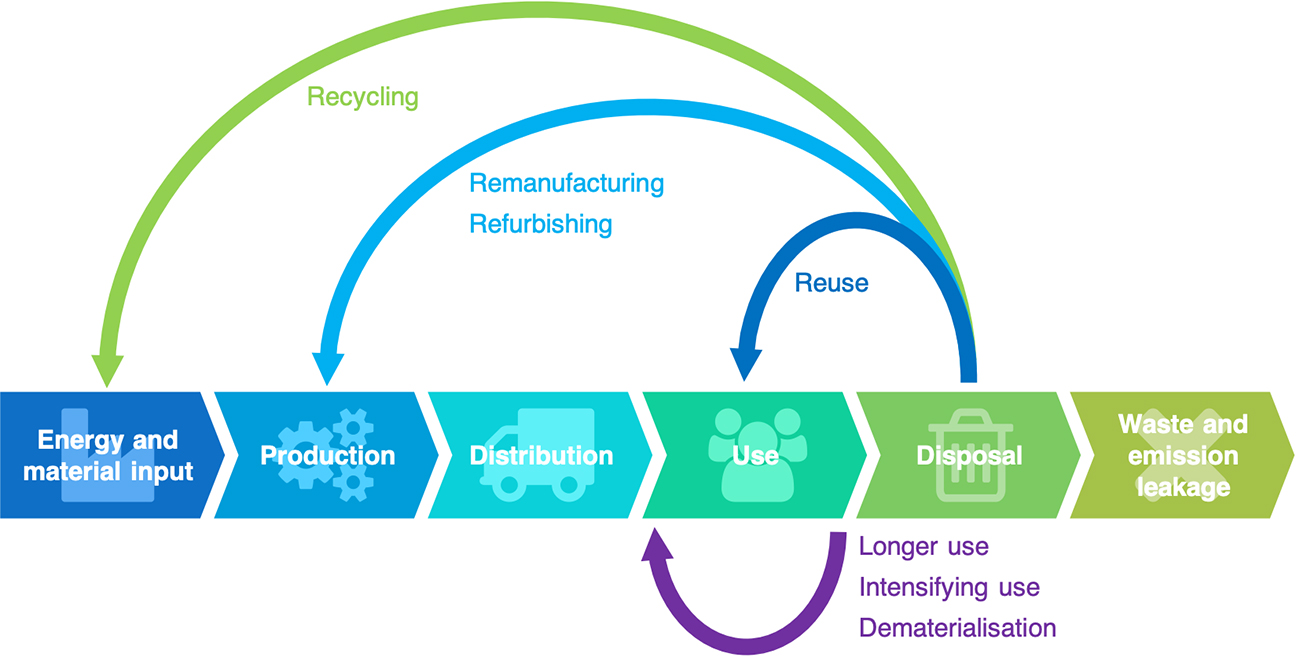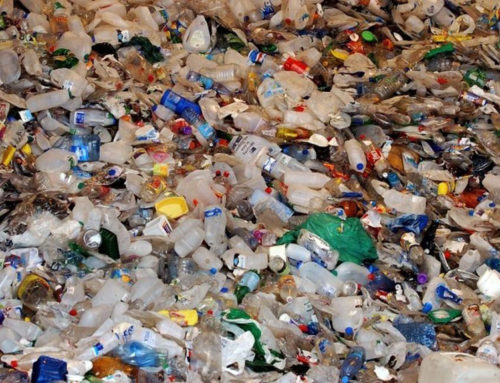In a groundbreaking Urban Circularity study funded by The Circulate Initiative, the Resilient Cities Network, and Ocean Conservancy, researchers have delved into the unique materials management approaches adopted by cities situated in ocean plastic hot spots. This illuminating investigation, part of the Urban Ocean program, spanned six diverse cities in India, Indonesia, Malaysia, Panama, and Vietnam. Employing the Circularity Assessment Protocol (CAP), the researchers meticulously quantified materials management practices at the community level to compile standardized data. This data served as the foundation for an insightful analysis of plastic consumption trends in these urban areas, leading to innovative solutions for more effective plastic management.
The study’s revelations were nothing short of eye-opening. Plastic items and packaging emerged as the predominant components in various categories, constituting over 90% of fast-moving consumer goods (FMCG), 78% of to-go items, and 69% of litter items. Fast-moving consumer goods encompassed a spectrum of products such as beverages, candies, chips, and tobacco.
Polypropylene (PP) emerged as the most prevalent material in to-go items across all cities, accounting for 31%. Paper followed at 13%, trailed by polystyrene (PS) at 12%, and PET at 11%. The remaining percentage was a blend of different materials. Notably, only about 1% of to-go products in these cities bore labels like “compostable,” “biodegradable,” or “oxo-degradable.” The study uncovered that there was widespread confusion about these terms and the proper disposal methods for such items.
In the realm of litter, plastic items constituted 69%, with food packaging plastics and tobacco products making up half of all litter items documented across these urban areas. The study pinpointed several common challenges, including regulatory gaps and enforcement issues, instability and unreliability in the recycling market, resistance to behavioral change, subpar conditions in the informal waste sector, and a dearth of accessible and cost-effective alternatives to single-use plastics.

Despite these challenges, the study identified certain strengths common to all the cities, such as domestic manufacturing, innovative collection methods, substantial organic waste quantities, opportunities for waste segregation, pre-existing regional or national policy frameworks, and an environmentally conscious younger generation keen on making a difference.
Many of these cities boasted the presence of small but dedicated groups of citizens who supported refill and reuse programs for more urban circularity. Some cities also showcased historical precedents in reusable and alternative packaging, such as the tiffin food carriers in Semarang, Indonesia, and banana leaf food packaging in Chennai, India. Tiffins are circular stacking metal tins used to keep different food items separated.
These cities were actively pursuing a range of solutions, including river-based litter traps, enhanced source separation and processing, improved treatment facilities, and empowerment of the informal waste sector.
Key Takeaways
The researchers proposed a series of pragmatic solutions to tackle the pressing issue of urban plastic management. These recommendations included expanding collection and sorting infrastructure, strategically deploying well-managed public trash bins to combat litter, implementing extended producer responsibility programs, and phasing out unnecessary, avoidable, and problematic plastics.
The study concluded by emphasizing that fostering a truly circular materials management system requires a holistic approach. In a functional circular economy, all elements are interconnected and constantly communicate, learning from one another to optimize the system. Collaborative, systems-level data like the CAP, and frameworks that bridge the gap from scientific insights to actionable solutions, offer invaluable support to cities as they confront these interlinked challenges. It is only through collaborative efforts and innovative strategies that we can unlock urban circularity and embark on a sustainable materials management journey.






